Friday May 12
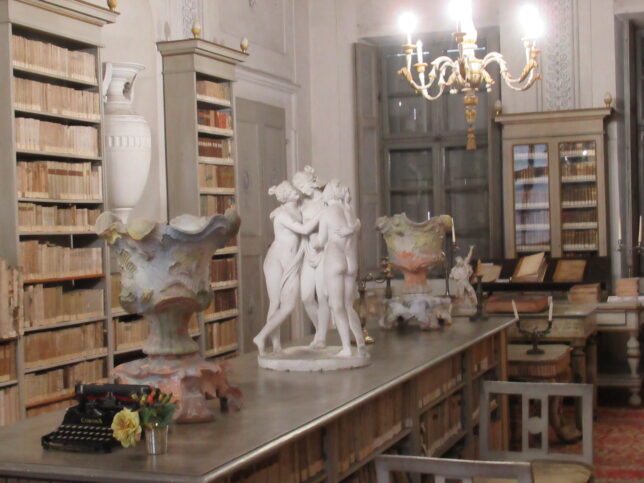
Yesterday when we were on our way to the apartment, we stopped by the Palazzo D’Arco and booked a tour for this morning. The tours are only with a guide and unfortunately was completely in Italian. We could pick out some things that were said but not all as the guide spoke fairly quickly. According to what I had from reading online, they had English pamphlets for you to read. This turned out not to be true. So here is the cliff notes version of what we saw. The historic residence of the D’Arco Counts has original collections and frescoes from the family who lived here up until 1978. We started in the gardens while waiting for our tour time. There were some roses and a few other flowers in bloom and a small indoor garden. When the tour starts, we enter the first room which has portraits of the D’Arco family and the owners of the palace. There is a music room with an old phonograph, a library with old books, a typewriter, and a statue with four lesbian women.

Outside in a separate building is the Zodiac Room with frescoes painted by renaissance painter Giovanni Maria Falconetto. The room is covered in frescoes, some of which make sense with zodiacs and some I do not quite get. Along the frieze of the ceiling, it seems like there are many nymphs showing their wares. There is a painting of a possibly Hindu woman with at least nine breasts too many. There is another with a man about to bludgeon a serpent lady with a club while one of her serpent tentacles is apparently biting his private part. I would call this self defense. Anyway the tour lasts about 45 minutes and has some interesting items to see but the Italian only part makes it less enjoyable for us overall.

Next we go to check out the Torre dell Orologio or clock tower. The tower was designed by Bartolomeo Manfredi and built in 1473. It was one of the first mechanical clocks ever made and was designed to show the time of day, phases of the moon, positions of the seven known planets, and the passage of the sun through the signs of the zodiac. We are able to climb to the top of the tower. Along the way we can see the clock mechanism still gearing out the time. Only 5 of the 8 functions still work which I think is pretty good considering its age.

On top of the tower we get views around the town of Mantova including church towers, the cathedral dome, Piazza Erbe below, some towers, and two of the lakes surrounding the town. There are great views all around and we enjoy the short visit. We also get a few pictures of the clock from the piazza after we descend.
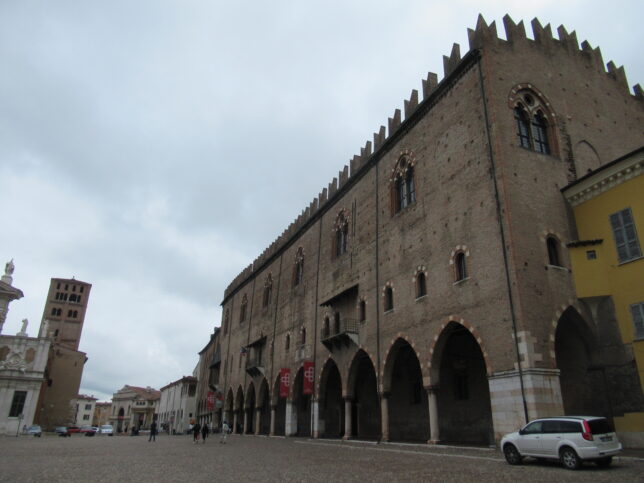
We decide to go to the Palazzo Ducale even though it is approaching lunch time. We think this may lessen the impact of the many school kid tours we have been seeing and running into in other places. The Palazzo was constructed between the 14th and 17th centuries. it is located on Piazza Sorbello, the oldest square in Mantova. The Mantua cathedral is also located in this square. In around 1460, Ludovico II of the house of Gonzaga proposed a refurbishing of the castle transforming it into a home. In the 1800s the upper floor was turned into a prison for political prisoners. Some of the leaders of the Risorgimento, unification of Italy were held here. Known as the Belfiore Maryrs, they were hanged on the south side of Mantua. The rest of the story is this.

Palazzo Ducale is one of the largest palaces in Europe and was the royal residence of the Gonzaga family (the Dukes of Mantova). It has frescoes from great Italian artists Mantegna and Pirandello. It’s complex has no less than 500 rooms including the zodiac room which was Duke Guglielmo Gonzaga’s bedroom and is one of the most beautiful rooms in the palace. The room also served as Napoleons bedroom during the Napoleanic Wars.

There are stone reliefs depicting the myth of Endymion and another with the labor of Hercules. We enter a room with a great chariot battle scene fresco and then into the gallery of the months which is a beautiful hallway built by our old friend, Giulio Romano. We also pass through the gallery of the exhibition, a marvelous loggia about 200 feet long that was completed in 1600. The gallery contains the busts of all the Roman Emperors. There is a small section of the natural history type with a weird dried and modified skate which looks like a small alien, a cobra, and some kind of seed pod mooning me. We escape for a few moments out into the gardens.

Back inside we see the room of the crucible. The crucible with its bundle of golden ingots was a symbol of Marquis Francesco II. The room of the labyrinth has a maze on the coffered ceiling with the motto force Che si, forse Che no (maybe or maybe not) along its edge. There is a room with the Gonzaga Family worshipping the Holy Trinity from 1605 by Peter Paul Reubens. The interesting thing is it is not a complete portrait and the room displays other parts of the painting as individual pieces. These were cut out of the original painting during the Napoleanic era by a Napoleanic Colonel. Some of the remaining pieces are scattered in other museums and some have been lost and not recovered.

We continue exploring this immense palace. We go through another beautiful loggia hall and a longer narrower hall, both decorated profusely with frescoes. We can look out into one of the courtyards which shows off some of the exterior architecture of the building. We come to the Zodiac room I mentioned earlier. The vault of the room was painted in 1579 to 1580 by Lorenzo Costa the Younger and shows Dianas chariot led by dogs among the constellations of the skies. It is exquisite and I am sure the Duke slept well under his own starry sky. Next up is the Hall of the Rivers also from 1579 which was used as a banquet hall and refectory. the present look is from the Hapsburgs who reworked it between 1773 and 1775. The walls display the six rivers of th Mantuan Teritory. The two grottos on each end display coats of arms, one side of the room is the Gonzaga Coat of arms from 1622 and the other side is Napoleanic coat of arms from the late 18th century. You can enter another small garden courtyard from here and also get views of the cathedral and the Piazza Sorbello. Did i mention this palace is immense and we are only seeing a small portion of it. It just keeps going.

We enter an area of several rooms displaying intricate tapestries which tell stories of Saints and miracles. There is also a large painting depicting the expulsion of the Bonacolsi which celebrates the event when the Gonzaga’s took over in 1328. We are entering the older court and part of the castle with carved coffered ceilings depicting coats of arms and paintings that celebrate the Gonzaga’s history which lasted over 400 years. There are portraits along the way of the various royalty. There are allegory paintings with family members added in showing their importance. We spend about two hours inside the palace and not a tour group in sight so we are happy and it was well worth it. Truly a magnificent place and a surprise for such a small town. When we leave we decide to walk around the exterior with its moat. Who doesn’t love a good moat filled with water. Definitely high on Carols list.

As we get to the end of the palace, we turn in toward the city center and find a surprise. There is a fire museum which is free so we check it out. We are amazed by the size and immensity of the collection. The equipment and vehicles they have preserved is quite incredible. They have cart driven pumps from the year 800. You can imagine people passing buckets from a well, filling the compartment on the cart and then the water being hand pumped to spray on the fire. There are more exquisite and larger fire carriages from later centuries. Then came a steam powered wagon and one with an extension ladder. There are bikes with hoses attached to them complete with siren attached above the front wheel. In the age of the mechanized engine, they have an early hook and ladder and many other vintage fire engines.

There is a vehicle called the schwimmwagen made by volkswagen which has wheels and could also float in water. Motorcycles, tiny cars, tow trucks, engines of all shapes and sizes fill the halls. They even have fire boats and an old bell helicopter which has the number of people rescued painted on its side. Along the way are manikins wearing the uniforms of the firefighters over the centuries and more recent decades. There is a section that has the equipment they were from helmets to suits to all types of gear. My best friend Billy would love this museum and should find his way here when he returns to Italy. Billy’s family has a complete fire fighting history of volunteering in the town I grew up in and he is currently the fire commissioner of West Hempstead, New York. This museum definitely made me think of him. We cannot believe how nice it was.

We finish and wind our way back to the town center and check out the Rotanda di San Lorenzo. The beautiful red rotanda is the oldest church in Mantova and was built in 1082. It has been deconsecrated but has been preserved. The circular design was inspired by the Church of the Holy Sepulchre in Jerusalem. It as a few Byzantine frescoes and the inside is laced with brickwork. Practically across the street is the Basilica di Sant Andrea. Under the dome is an octagonal balustrade which lies above the very spot in the altar of the crypt where the relic of the precious blood is kept. It is said that Longino himself, the warrior who pierced the crucified Jesus through the ribs, picked up a piece of dirt soaked in the blood of Christ and after coming to Mantova before his death, hid it underground in this very spot. It was discovered first in 804 and then again in 1048. Three churches were built here to protect the reliquary, this one was started in 1472. The 18th century dome was frescoed with St Longino in all his glory holding the two reliquaries containing the precious blood. On the evening of Good Friday the reliquaries are carried in the Holy Procession through the streets of Mantova. This concluded our touring for the day.

Before we reach the apartment, we stop in some bakeries to buy two of the local specialty baked items of the town. We get a sbrisolona which is a crunchy Torta made from toasted almonds, lemon peel and vanilla. We also get Elvezia cake. This comprises three circular layers of egg white, sugar, and almond paste. It is a soft cake filled with eggnog invented by a Swiss family under the Gonzaga Court, which is why it is called Helvetia or Elvezia. We have a little piece of both with some coffee when we get to our apartment. They are both good but the Elvezia wins with its sweet decadence. Later, we just get some pizza to go and have it with wine in our place. We really enjoyed this small town and its ambience. Tomorrow we travel to a not so small place.
Expenses Elvesia From Scaravelli Forneria 8.90E Sbrisolona 3E Wine and Salami from Carrefour 6.99E Pizza at Da Ketty 9E Agora Residenz Apartment 96.50E Walked 7.7 Miles



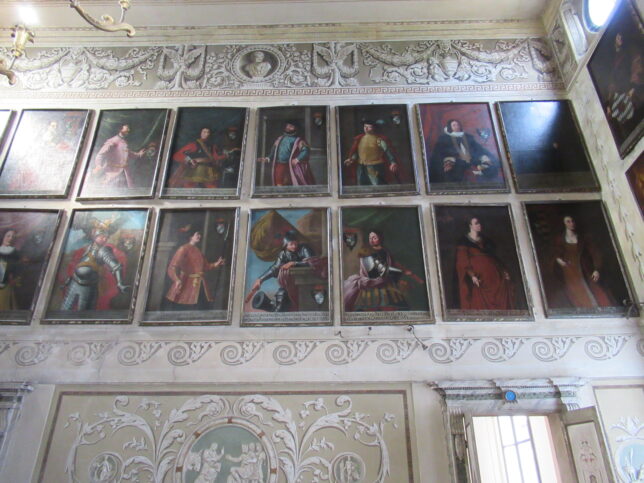




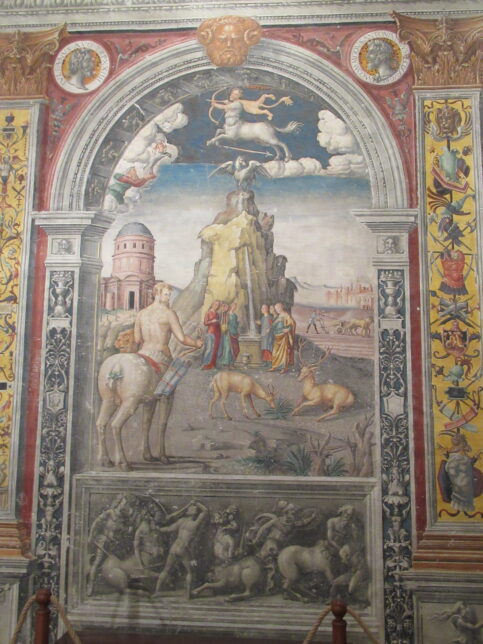






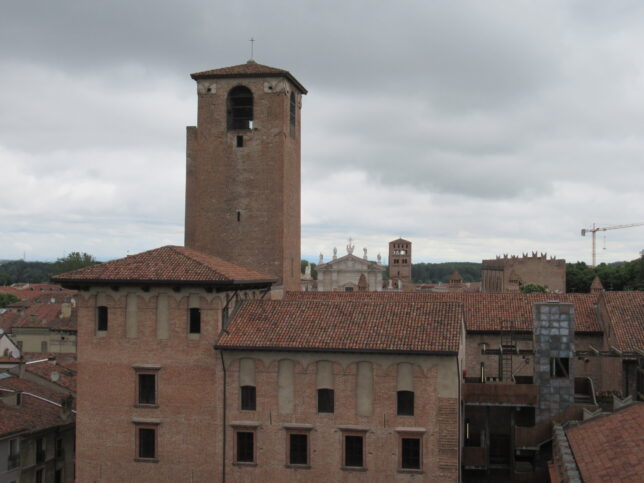



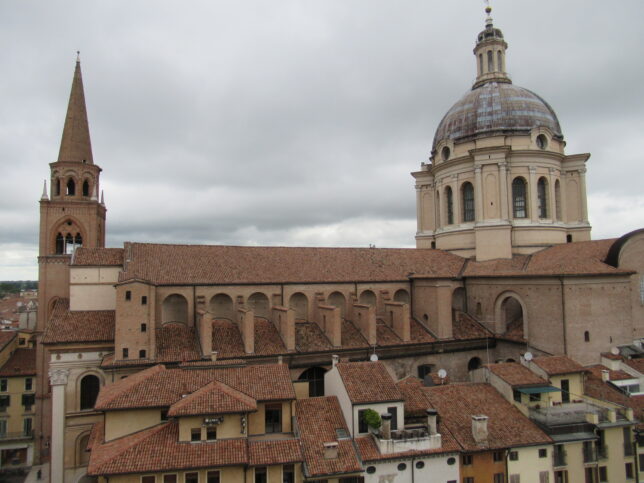

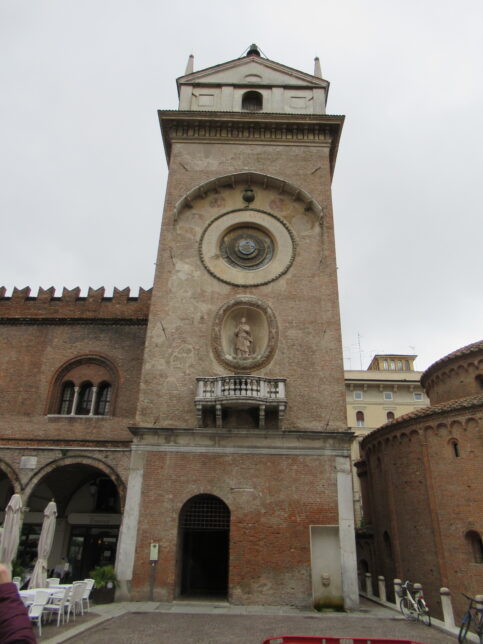
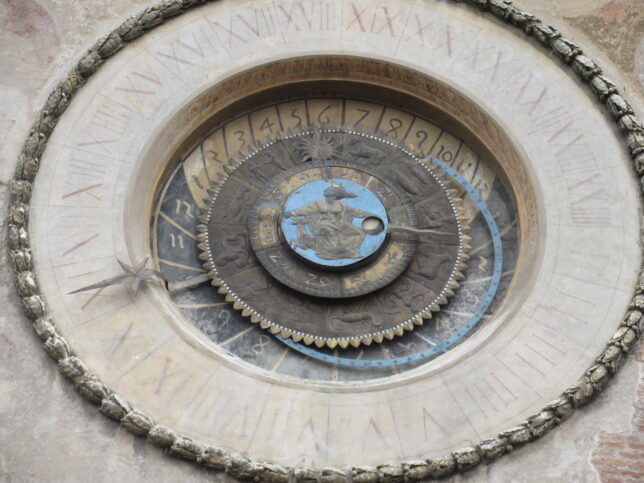







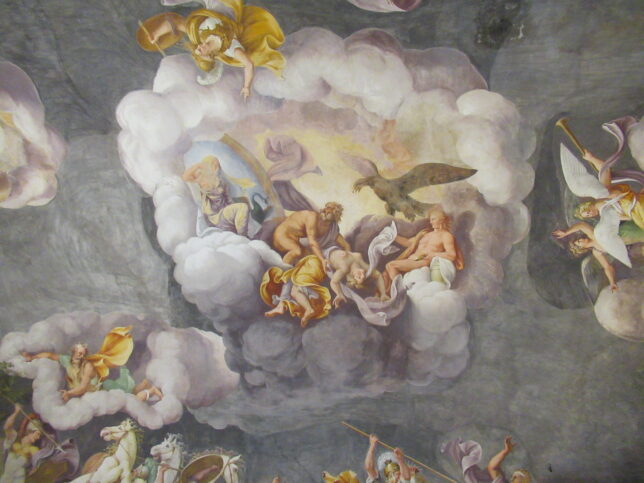




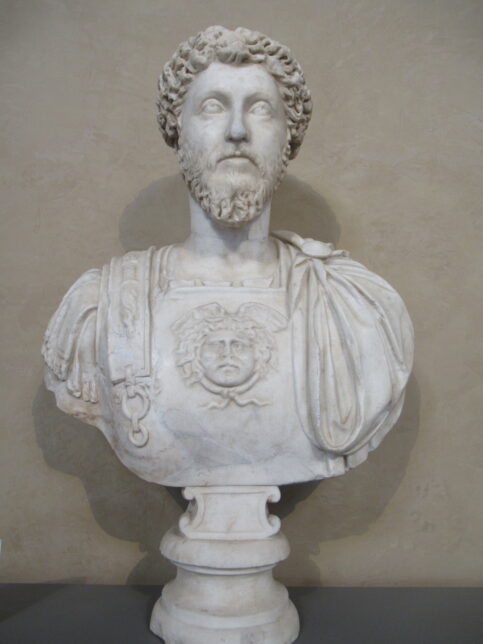



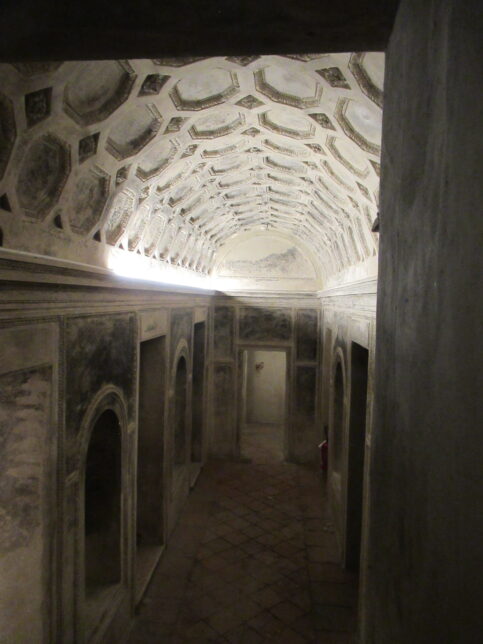













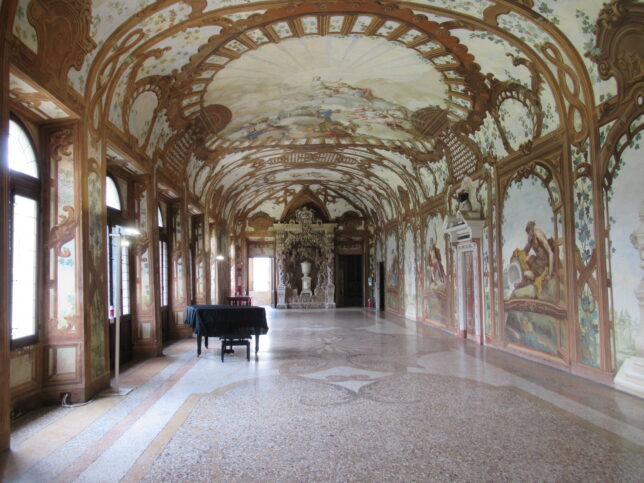
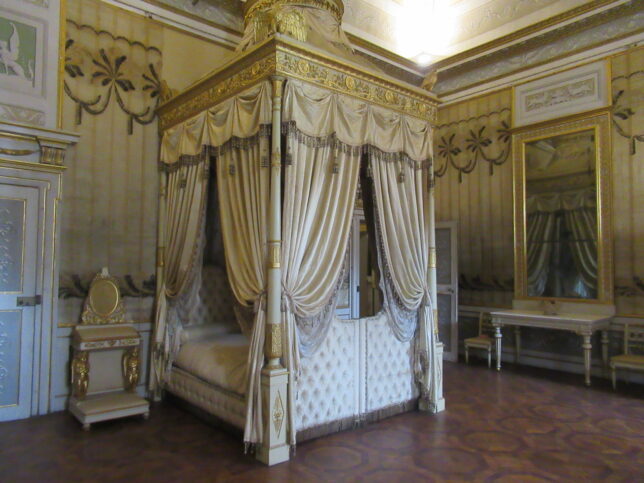






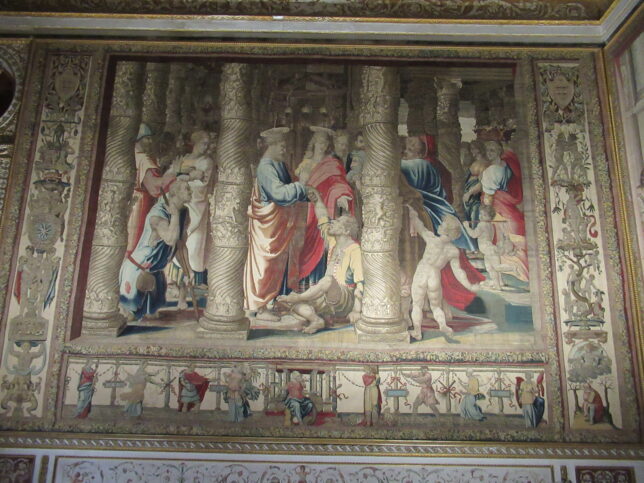



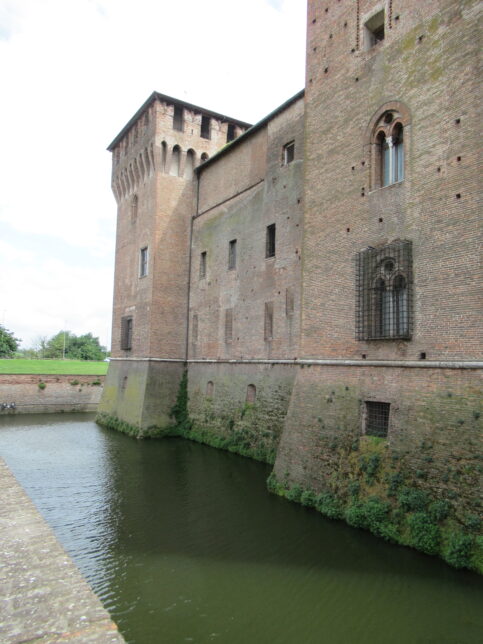





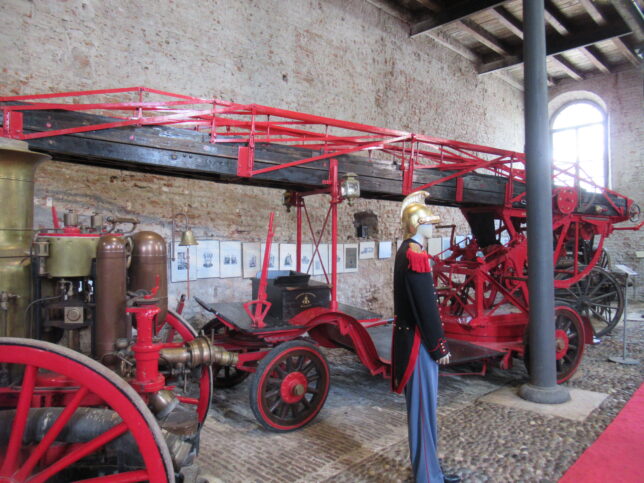






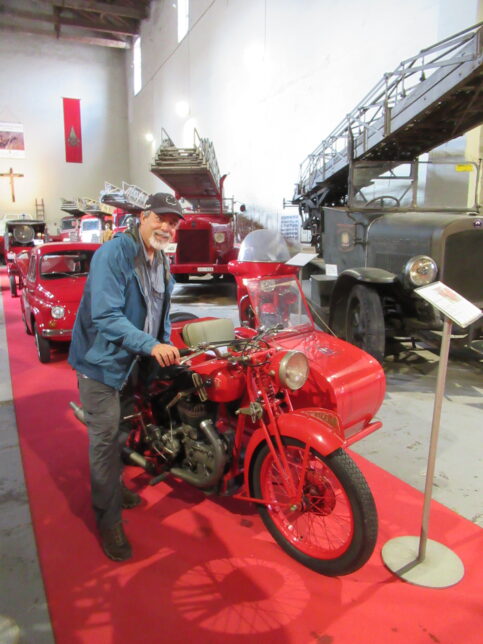
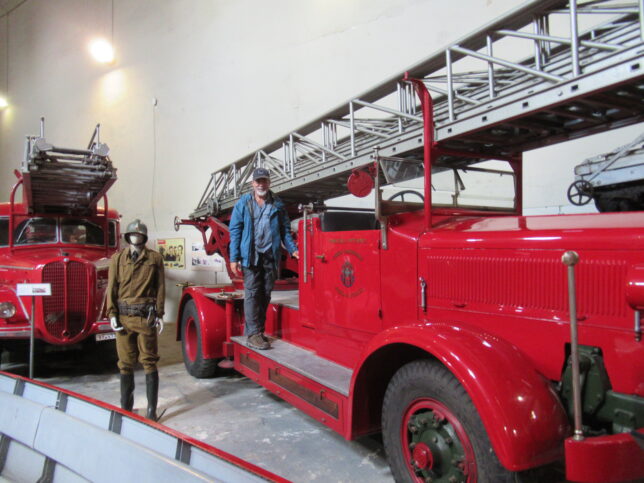
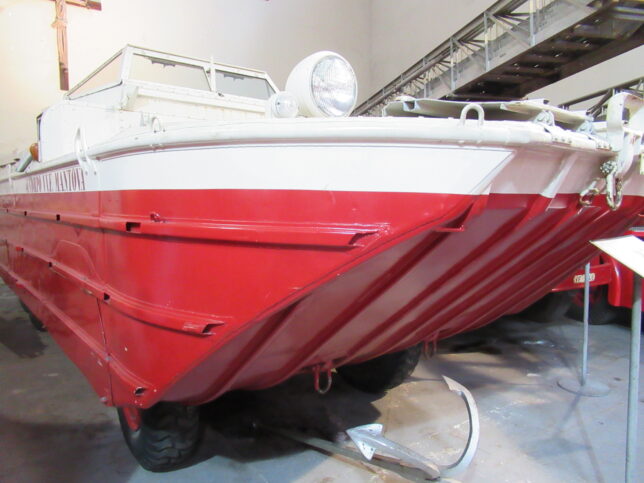



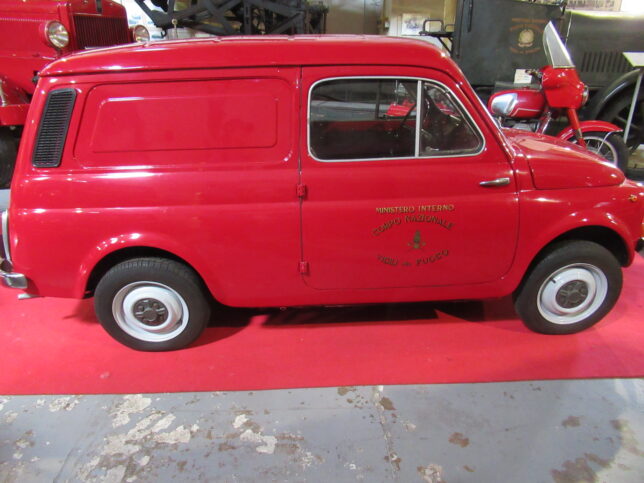


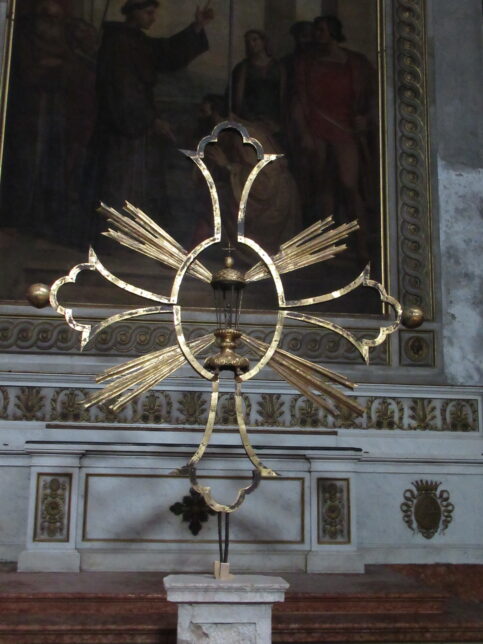
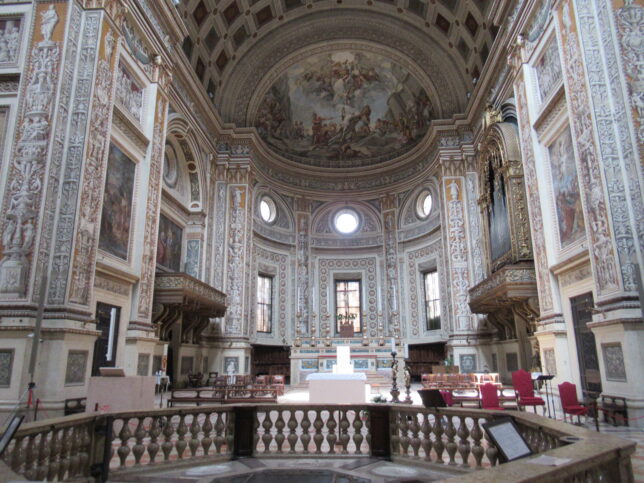





No Comments Yet